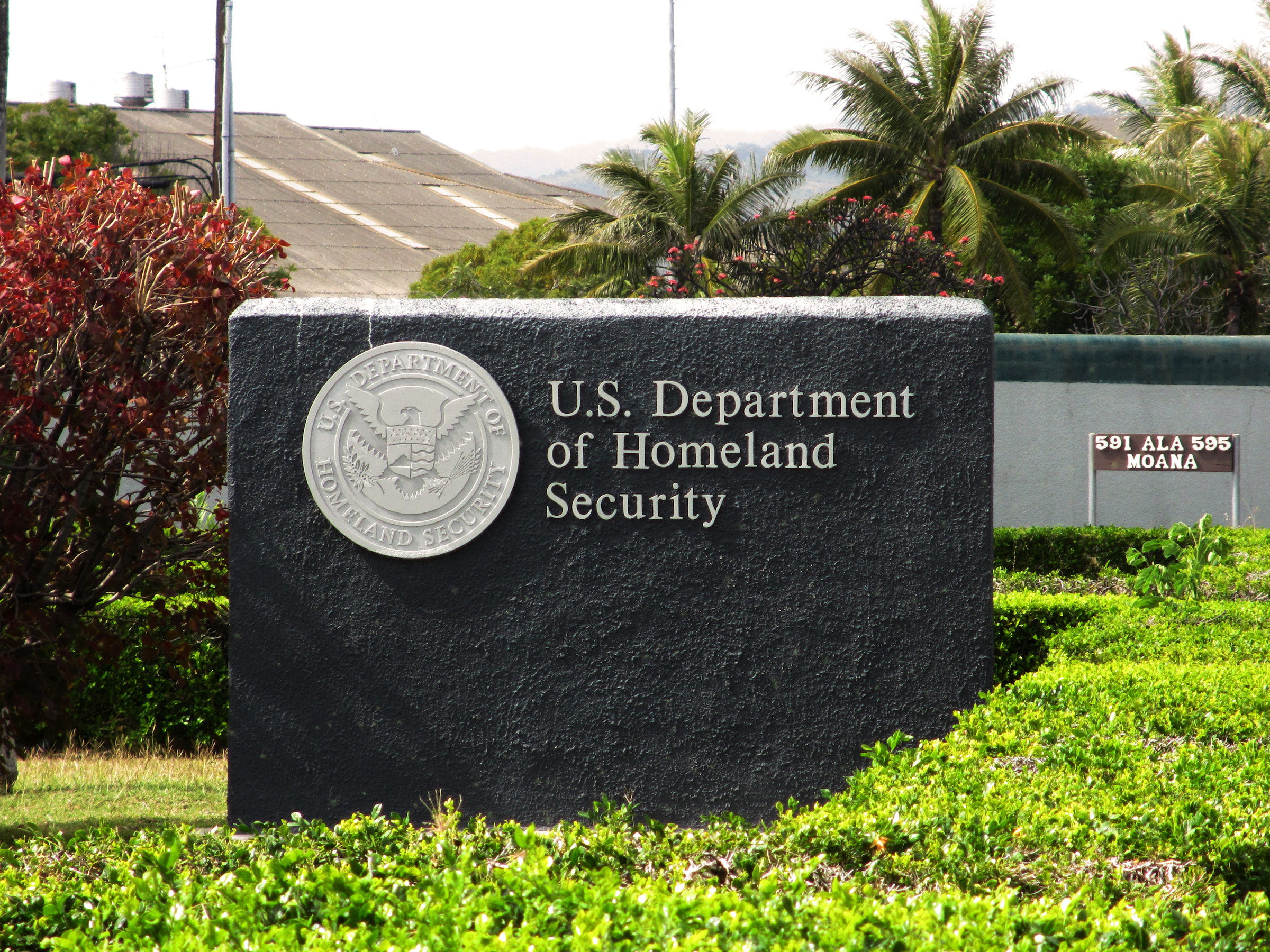
.svg)
The Department of Homeland Security (DHS) has proposed cutting most EB-5 investor visa fees, a rare move at a time when other immigration fees are rising.
If finalized, the main EB-5 petition fee (Form I-526/I-526E) would drop from $11,160 to $9,625, a 14% decrease. Fees for removing conditions on permanent residence (Form I-829) would also fall from $9,525 to $7,860.
Regional centers, the entities that pool EB-5 investments for large projects, would see even steeper cuts, with some fees reduced by as much as 60%.
Proposed Fee Changes
Here’s a snapshot of the key proposed fee reductions:
- Form I-526/I-526E: Immigrant Petition by Investor, from $11,160 to $9,625 (14% reduction)
- Form I-829: Petition to Remove Conditions, from $9,525 to $7,860 (17% reduction)
- Form I-956: Regional Center Designation, from $47,695 to $28,895 (39% reduction)
- Form I-956 Amendment: from $47,695 to $18,480 (61% reduction)
- Form I-956F: Investment Project Approval, from $47,695 to $29,935 (37% reduction)
- Form I-956G: Annual Statement, from $4,470 to $2,740 (39% reduction)
USCIS says the fee cuts better reflect the actual cost of processing EB-5 applications. The proposal also sets new goals to adjudicate most regional center petitions within 240 days, and 180 days for new regional center designations.
{{newsletter-component}}
Why Now?
The EB-5 program allows foreign investors to obtain U.S. permanent residency by investing at least $1.05 million, or $800,000 in rural or high-unemployment areas, in a business that creates American jobs.
Since Congress reauthorized the program in 2022, demand has climbed steadily, particularly among investors from India and China seeking faster routes to green cards. The 2022 law also introduced stronger oversight to prevent fraud and set aside visas for rural and infrastructure projects.
DHS said the proposed fees “better align with the actual cost of adjudicating EB-5 benefit requests” and reflect updated data from a new agency cost study.
What Investors Should Know
1. Nothing has changed yet. This is still a proposed rule. DHS will collect public comments for 60 days, through December 22, 2025, before finalizing the changes.
2. Potential savings for new investors. If approved, investors could save several thousand dollars per filing, and regional centers could save tens of thousands in annual operating costs.
3. Faster processing targets. USCIS aims to process most EB-5 petitions within about six to eight months, though these are goals, not guarantees.
4. Investment thresholds stay the same. Minimum investment amounts remain $1.05 million for standard projects or $800,000 in targeted employment areas.
The Bottom Line
Lower EB-5 fees are an unexpected development in a year of rising immigration costs. If finalized, they could make the investor visa more accessible while keeping program integrity and job-creation goals intact.
Boundless will continue monitoring DHS’s final rule and provide updates when new fees take effect.
{{cta-component-horizontal-aligned}}
.png)
Start building your success story today.
Get started with Boundless.
Start building your success story today.
Get started with Boundless.
.png)
.png)








.svg)
.avif)